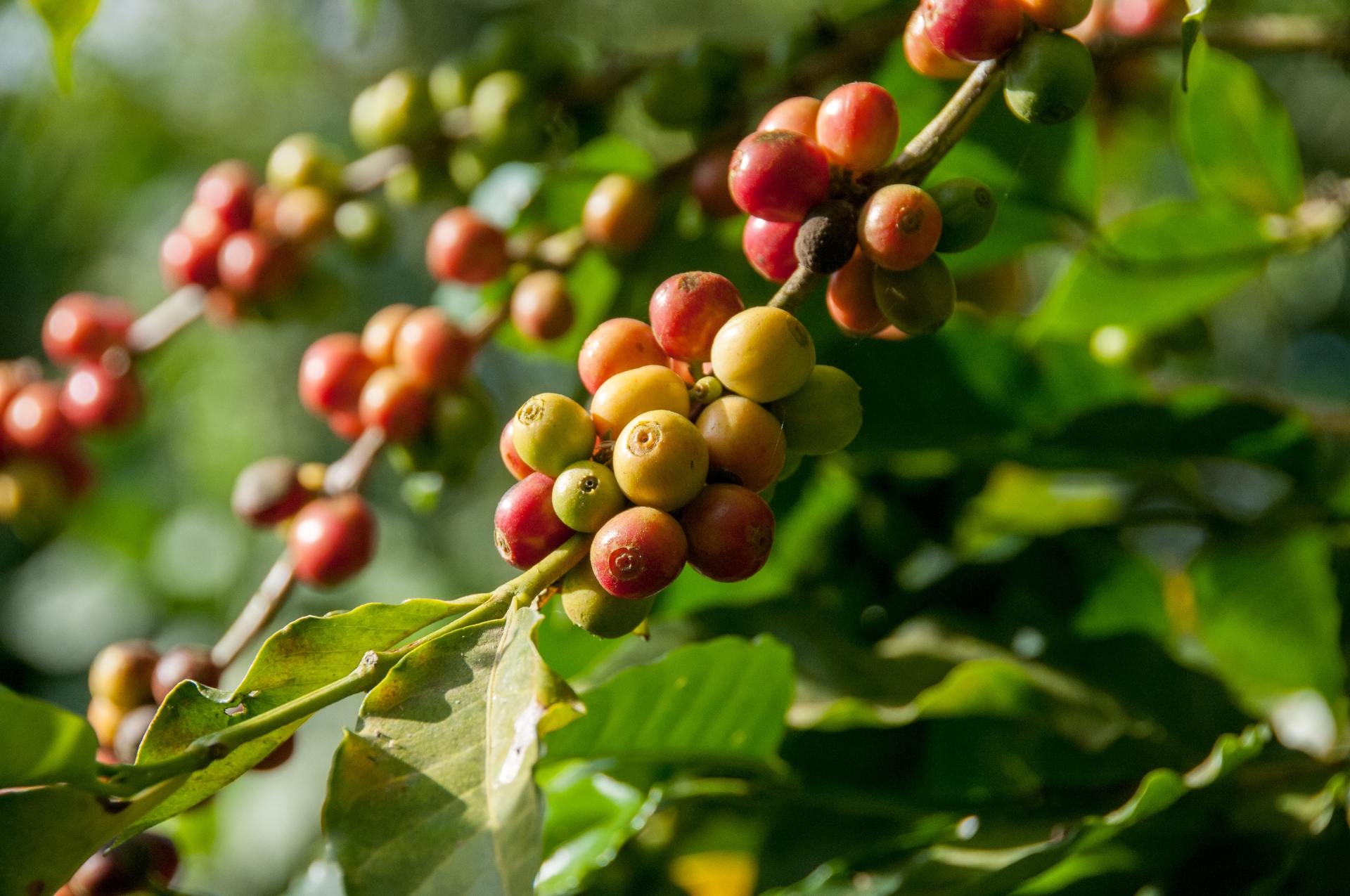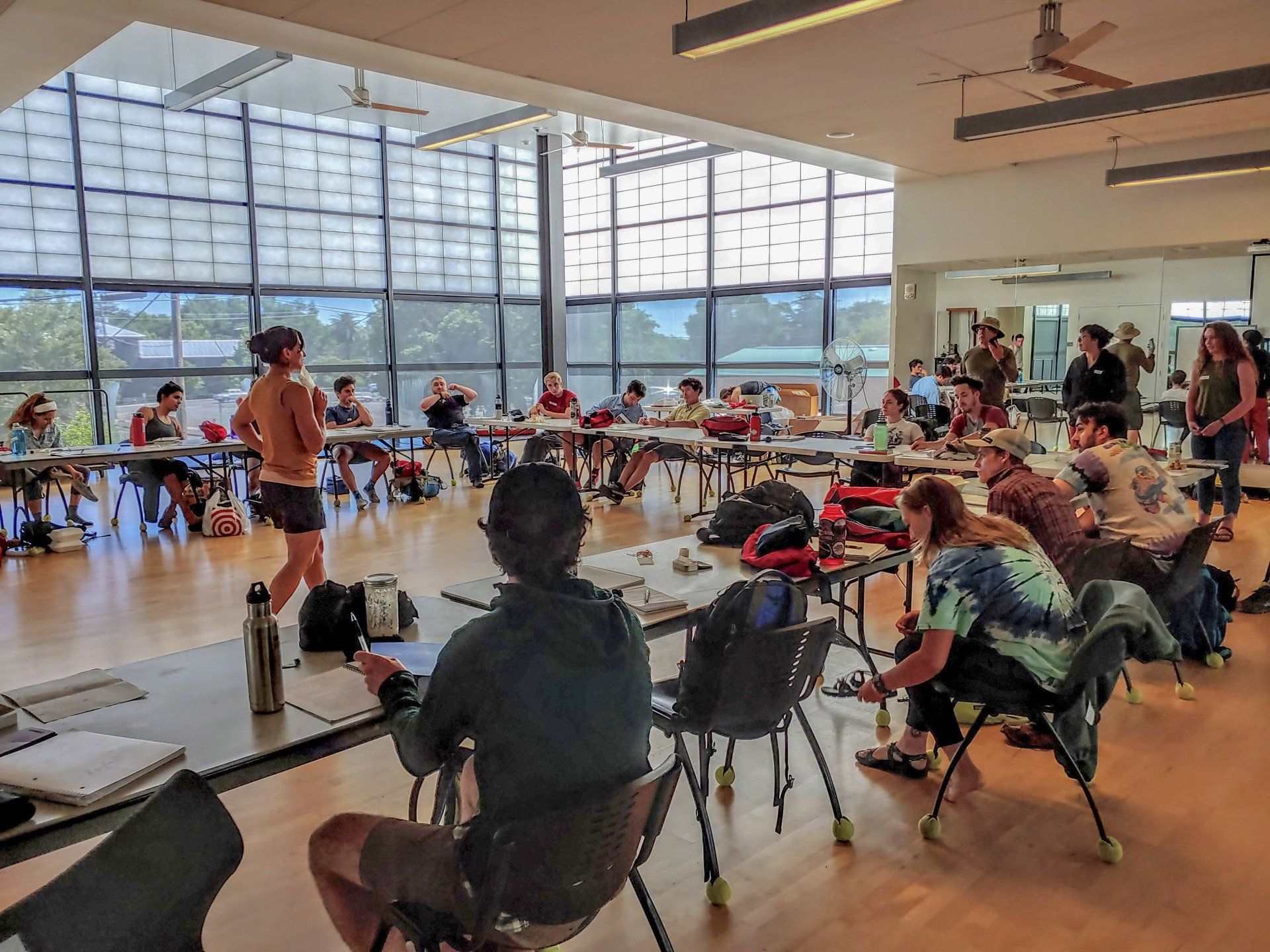Sustainability and The Supply Chain
- By Kevin Foley
- •
- 31 Jul, 2019

The concept of Resource Management refers to managing how we consume and interact with water, forests (timber), non-renewable fuels (oil & gas), food systems (ocean fisheries, farms, etc.) and various other raw materials (metals, minerals, etc.).
The notion of Minimizing Environmental Impacts relates to how the supply chain affects the surrounding environment (air, land, water). Examples include pollution (air and water quality) and greenhouse gas emissions (climate change).
Finally, Socially Responsible Labor Practices refer to worker health and safety, providing fair and livable wages, and preventing unethical labor practices (such as child labor) within the supply chain.
2) What, historically, has been the relationship between sustainability and supply chain? What about in the United States?
Certifications such as Fair Trade emerged, which recognizes companies using fair and ethical labor practices, primarily overseas. Fair trade and other similar certifications were created as a result of unethical labor practices, with headline stories often focused on U.S. based companies with production overseas.
In addition to unethical labor practices, other sustainability stories related to the supply chain highlighted environmental issues. For example, companies (U.S. and abroad) at times dumped toxic effluent directly into streams and rivers.
Events like these brought sustainable supply chain issues into the public eye, and began to spur change.
Recent initiatives such as the United Nations Sustainable Development Goals (SDGs, 2015) have solidified sustainability on the global agenda. Additionally, many of the Sustainable Development Goals overlap closely with the supply chain, such as goal #12: responsible consumption and production, which focuses on the way we produce and consume goods and resources.
There is still a long way to go when it comes to sustainability within the supply chain. However, many industry leaders, both in the U.S. and abroad, have started to make sustainability a top priority. They are setting a good example for the rest to follow.
Many industries have supply chains that essentially begin in a field, (e.g. coffee, tea, wine, almonds, tomatoes, rice, etc.) which makes them especially vulnerable to issues like climate change. Supply chain improvement in these industries will be key to feeding a growing population and maintaining the integrity of our food systems.
In the coming years, companies will be held more and more accountable for impacts related to their supply chain and business leaders are increasingly being called upon to take action. They are being asked to not only stop contributing to the problem, but to actually begin solving the problem. Innovative business leaders are uniquely positioned to help solve some of our world’s greatest challenges while still generating wealth for their companies and their stakeholders (employees, customers, investors, communities).
Making changes often costs money. However, companies who take a proactive approach and implement sustainable practices in their supply chain early on are poised to grow both market share and profits. Proactive companies who incorporate sustainability into their long-term growth strategy often see these obstacles as opportunities.
Companies who take a reactive approach will be more likely to struggle. These companies will constantly be fighting to keep up with regulations, and doing what they can to skirt these issues for as long as possible. Such companies might survive for a while, but their business model is inconsistent with the health and wellbeing of our planet and its inhabitants. Eventually, reactive companies will fall behind, and their growth and profitability will begin to stagnate.
The electrification of vehicle fleets, warehousing automation, or the adoption of carbon neutral technologies are all examples of innovative change that could offer benefits to producers and suppliers.
For additional reading and detailed statistics, McKinsey & Company wrote a great piece on supply chains. Find it here: Starting at the source: Sustainability in supply chains
If you liked what you read and want to learn more, please sign up for our email list and share it with others, or follow us on instagram to get notified of our newest articles and other updates.

As an adult watching the new remake nearly 25 years later, I was equally captivated.
As most who have seen the original Lion King can attest, it is chock full of invaluable life lessons. It effectively illustrates examples of leadership, courage, forgiveness, justice, faith and purpose, to name just a few. Like the original film from 1994, the remake did an excellent job of capturing and illustrating all of these lessons. This time around, one lesson that really stuck out to me, which I hadn’t caught in years past, was that of sustainability.
As a 31 year old who has dedicated my entire professional career to sustainability, I am constantly on the lookout for little gems of sustainability wisdom. Whether or not I intend to, I view just about everything through that lens…including Disney remakes of old classics. In this new version of The Lion King, I found one of these gems that I am always looking for. As a quick aside, if you have not seen the Lion King (original or remake), some of what lies ahead could spoil some of the movie for you. If you fall into that category, proceed with caution.
While in the movie theater, I didn’t have a pen and paper with me, and the lights weren’t on...so I was unable to take any notes or write down any quotes related to the gems of sustainability wisdom I witnessed. Since I was still thinking about the movie weeks later, I decided to go back and watch the original movie at home, so that I could take notes, pause and rewind as needed, and see if my observations about this classic movie truly held their own.

Earlier this month I completed an 80-hour wilderness medicine training course. It was filled with dozens of lectures, quarts of fake blood and no shortage of hands-on practice - both as a rescuer and a victim. There were approximately 22 students and two seasoned instructors. My classmates came from many different backgrounds, and included backcountry trip leaders and guides, search and rescue volunteers, nursing students, park rangers, and even one sustainability manager & consultant (guess who that was?). The 80 hour course was split evenly between in-class lecture and hands-on practice.


If you have not read Part 1 and Part 2 of this series, we suggest you go back and read them. They will give you a solid understanding of what sustainability is and why it is important for organizations like yours.


